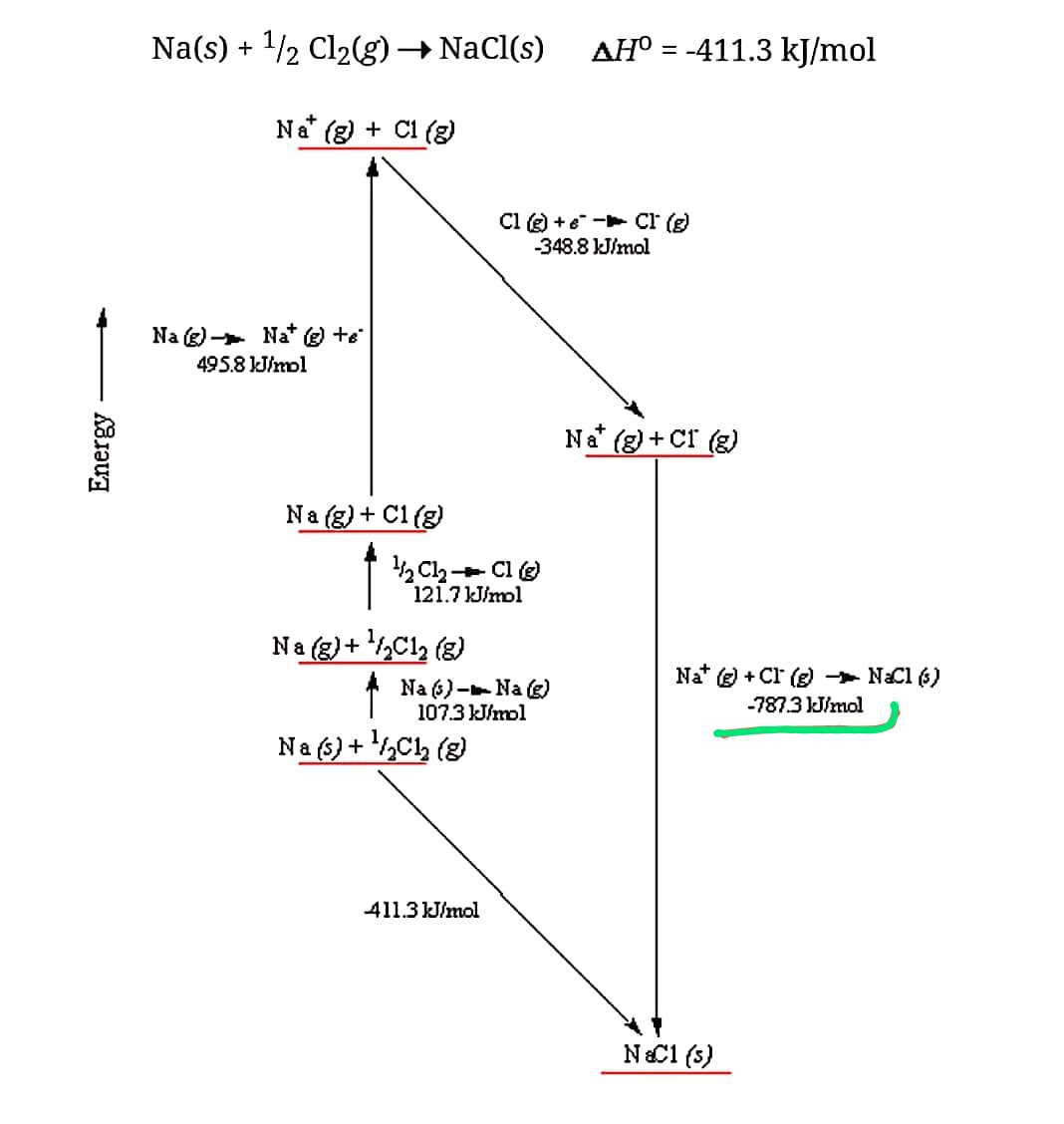Which of the following is the greatest contributor to the energy that is released during the reaction? loss of an electron from Na O gain of an electron by C1 attraction of Na and Cl ions
Thermochemistry
Thermochemistry can be considered as a branch of thermodynamics that deals with the connections between warmth, work, and various types of energy, formed because of different synthetic and actual cycles. Thermochemistry describes the energy changes that occur as a result of reactions or chemical changes in a substance.
Exergonic Reaction
The term exergonic is derived from the Greek word in which ‘ergon’ means work and exergonic means ‘work outside’. Exergonic reactions releases work energy. Exergonic reactions are different from exothermic reactions, the one that releases only heat energy during the course of the reaction. So, exothermic reaction is one type of exergonic reaction. Exergonic reaction releases work energy in different forms like heat, light or sound. For example, a glow stick releases light making that an exergonic reaction and not an exothermic reaction since no heat is released. Even endothermic reactions at very high temperature are exergonic.
Which of the following is the greatest contributor to the energy that is released during the reaction of NaCl

Loss of electron from Na is an endothermic process, that is energy is consumed for the process.
Gain of an electron by Cl is an exothermic process, and the released energy is equal to the electron affinity of Cl.
Attraction of Na+ and Cl- is an exothermic process it releases energy which is equal to the lattice energy of NaCl. This is the greatest contributor to the energy that is released.
For your reference you can check the following diagram of formation of NaCl. To know about the energy released in various process.

Trending now
This is a popular solution!
Step by step
Solved in 2 steps with 1 images









